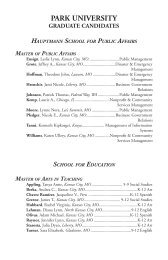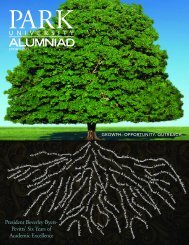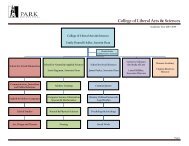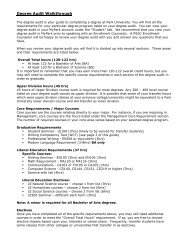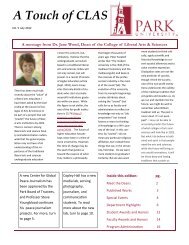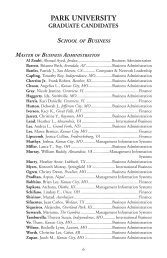How to Write a Radio Serial Drama for Social Development- PDF
How to Write a Radio Serial Drama for Social Development- PDF
How to Write a Radio Serial Drama for Social Development- PDF
You also want an ePaper? Increase the reach of your titles
YUMPU automatically turns print PDFs into web optimized ePapers that Google loves.
42 Chapter Three: Characteristics of <strong>Radio</strong> <strong>Serial</strong> <strong>Drama</strong><br />
Advantages of Multiple Plots in an<br />
Enter-Educate <strong>Serial</strong><br />
The treatment of Too Late, Too Bad shows how the various plots in a serial fit<br />
<strong>to</strong>gether and demonstrates some of the advantages of the multiple-plot<br />
approach in dramas used <strong>to</strong> promote social development. These include the<br />
following:<br />
• The serial can appeal <strong>to</strong> a wider range of audience members. While the<br />
characters involved in one plot may appeal only <strong>to</strong> some audience<br />
members, characters from another plot, who have quite a different<br />
lifestyle, may attract others.<br />
• Suspense can be maintained throughout all the episodes. The writer can<br />
move from one plot—and its mix of conflict and crisis—<strong>to</strong> another, in<br />
the process keeping the audience in a constant state of excitement and<br />
maintaining their emotional involvement.<br />
• The s<strong>to</strong>ry is enriched by the wider range of characters, and the action<br />
becomes more complex as the sub-plots weave in and out. The ability <strong>to</strong><br />
suspend one or more plots <strong>for</strong> a time also helps <strong>to</strong> enrich the s<strong>to</strong>ry and, at<br />
the same time, prevents a frequent problem of Enter-Educate serials: the<br />
suggestion that everything in life follows a predictable course and works<br />
out neatly in the end.<br />
• A serial can be more emotionally powerful than a single-plot s<strong>to</strong>ry,<br />
because multiple plots allow <strong>for</strong> a wider variety of people, interacting in<br />
very different ways, and expressing both positive and negative emotions.<br />
Since emotional involvement is what most attracts and holds listeners,<br />
multiple plots increase the chances of attracting and holding a wide<br />
audience.<br />
• Message relevance can be shown through a variety of characters. It is<br />
clear that “people cannot learn much...unless they attend <strong>to</strong>, and<br />
accurately perceive, the relevant aspects of modeled activities” (Bandura,<br />
1986). If only one set of characters communicates the social message of a<br />
drama, listeners may believe that the message applies only <strong>to</strong> people in<br />
those circumstances. Sub-plots show, subtly and naturally, that the<br />
message is relevant <strong>to</strong> a variety of people in differing situations.<br />
• The message can be repeated easily and unobtrusively. It can be<br />
incorporated in<strong>to</strong> several different plots, presented in a number of<br />
different ways, and viewed from different angles.<br />
• Multiple plots provide a greater opportunity <strong>for</strong> message relief. The<br />
message can be set aside briefly in one or more of the plots while other<br />
elements that enrich the s<strong>to</strong>ry are developed.<br />
• The various Steps <strong>to</strong> Behavior Change (see Prologue) can be<br />
demonstrated naturally in different plots. The characters in one plot, <strong>for</strong><br />
example, may be at an early stage in the process, just becoming aware of<br />
the need <strong>for</strong> behavior change. Those in a second plot may be at the point<br />
of deciding <strong>to</strong> take action. Still other characters in a third plot may have<br />
adopted the new behavior already and begun advocating it <strong>to</strong> other family<br />
and community members.





